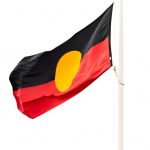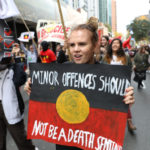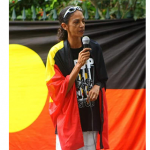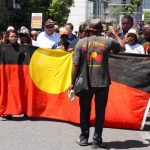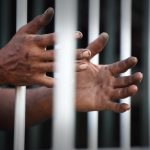Black Deaths in Custody – Where Did We Go Wrong?
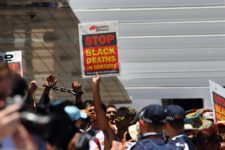
Greens MLC David Shoebridge recently stood in front of a crowd of protesters calling out the Australian government for failing our Indigenous community. The activists held placards reading ‘Black Lives Matter’ as they stood in solidarity for the victims of police brutality.
Australia’s Reconciliation History
It has been almost 32 years since the Australian government launched the landmark Royal Commission into Indigenous Deaths in Custody.
Roughly ten years later, the Bringing Them Home Report was published.
Fast forward another 11 years, Australians all over the country gathered around their television sets anxiously waiting for Kevin Rudd’s national apology.
Yet after all of this, why is it today that hundreds marched through the streets of Sydney demanding justice for the families of the indigenous men and women who have died in the hands of our authorities?
Root of the Problem: It’s in our DNA
The reality is that racialised practices and attitudes towards indigenous people have been embedded in law making and executive decision making practices since the very beginning. These practices didn’t cease during the monumental moments of Australia’s reconciliation history. In fact, they thrived.
Guardian Australia’s Deaths Inside Project reported that more than 400 Aboriginal and ATSI people have died in custody since the conclusion of the Royal Commission of 1991. A staggering 147 of those deaths occurred in the ten years following Rudd’s historic national apology.
Racialised Policing Practices: The Case of Mr. Ward
For Indigenous people, the police have been the most constant figures of colonial power since invasion.
The construction of Indigenous people as inferior to power institutions has contributed to the normalisation of racialised policing practices.
The 2008 death in custody case of senior Ngaanyatjarra lore man and artist, Mr. Ward, forms one of the pieces in the pattern of institutional brutality against Indigenous people.
The day before his death, Mr. Ward was taken into police custody after being arrested for drink driving. Refused bail, he was forced to stay overnight in a police cell where he was scheduled to appear in Court the following day. In the late morning, on a 40 degree day, Mr. Ward was placed in the back of a prison transport van for what was to be a 4-hour drive to the Kalgoorlie Court. Collapsing from heatstroke in the back of the van, Mr. Ward died soon after. The report produced by Western Australia’s State Coroner graphically revealed that the Ngaanyatjarra man had effectively been “cooked to death”.
Also revealed in the report is the prejudiced attitude of one of the guard’s on duty, who referred to Mr. Ward as a ‘dirty…Aboriginal with dark skin’. This type of racism is not unheard of and has in fact existed since the legal fiction of terra nullius. These attitudes have been brewing throughout Australia’s history, now translating into the terrorising conduct against Indigenous people.
Since the death of Mr. Ward in 2008, the NSW Police Force has been accused of ‘racist policing’ on numerous occasions. In only April 2018, the office of David Shoebridge revealed that Indigenous youth comprised of 51.5% of NSW Police’s Suspect Target Management Program’s secret blacklist. Considering the fact that only 5.6% of kids in NSW are Aboriginal, this is a startling statistic.
Future of Policing
It comes nothing short of predictable to say that the deaths in custody of people like Mr. Ward or even David Dungay form part of the trajectory of the racialised violence that we have witnessed since 1788.
What this reveals is a systemic failing of our system. One that begs for fundamental changes in Australian policing practices.
